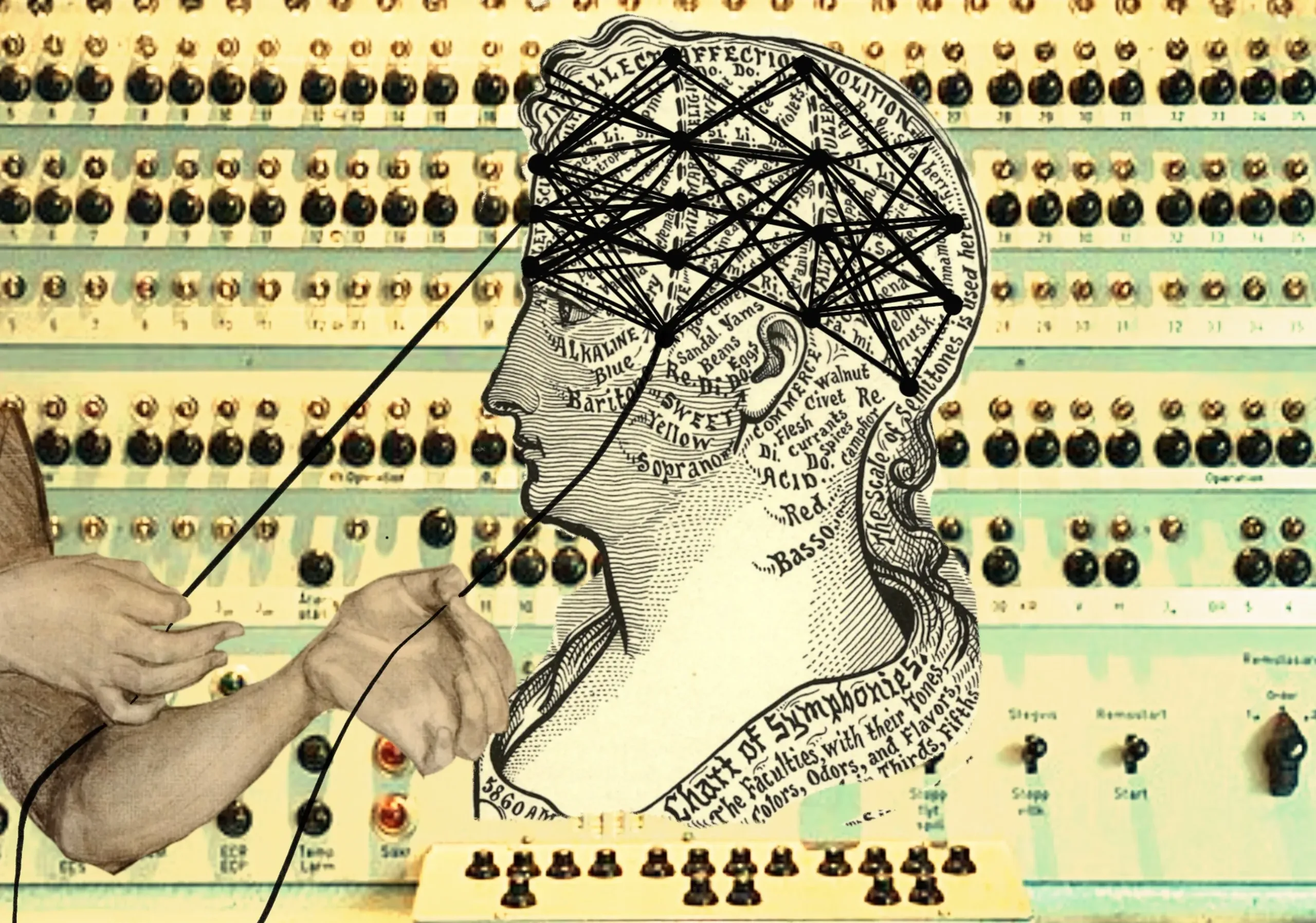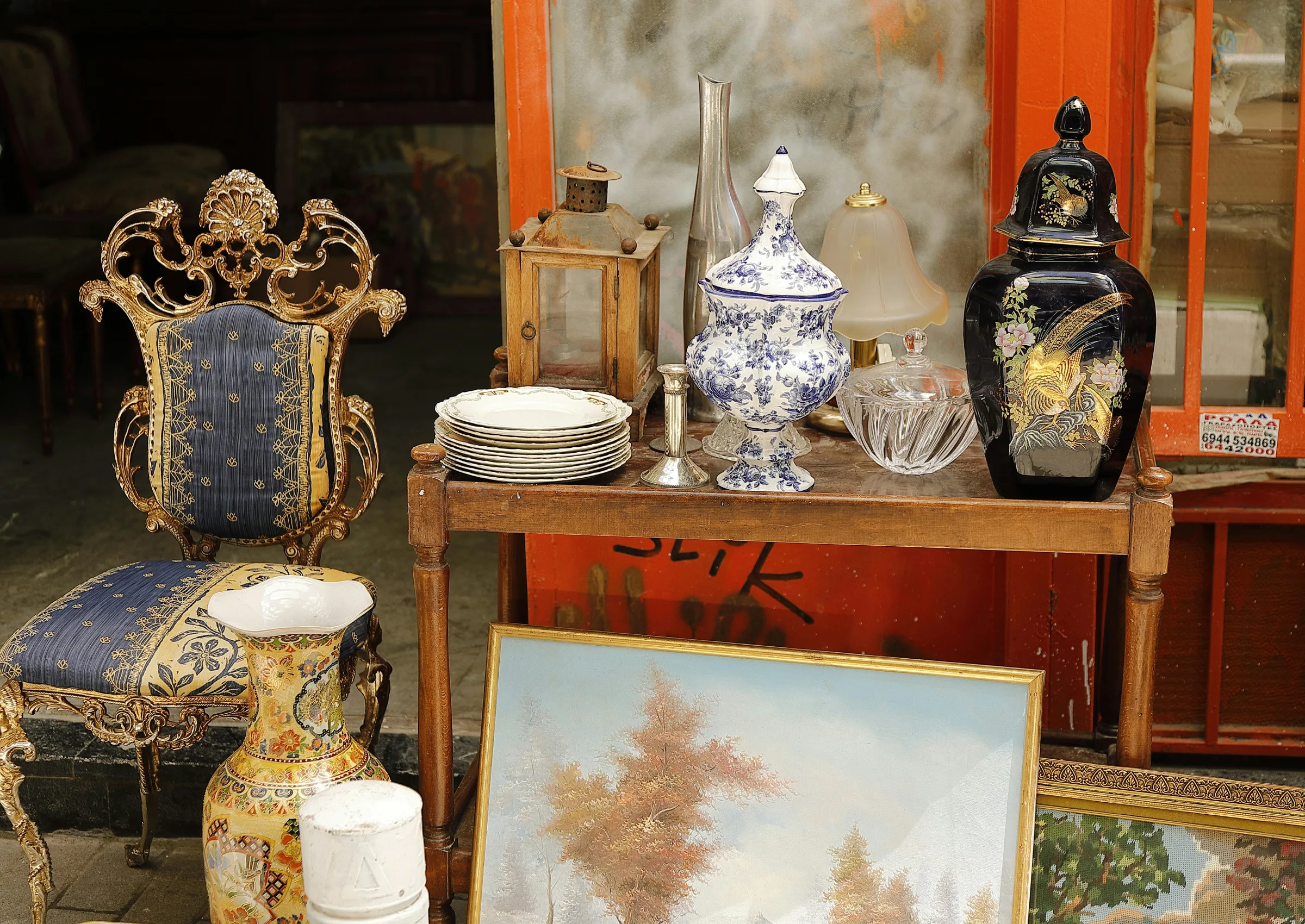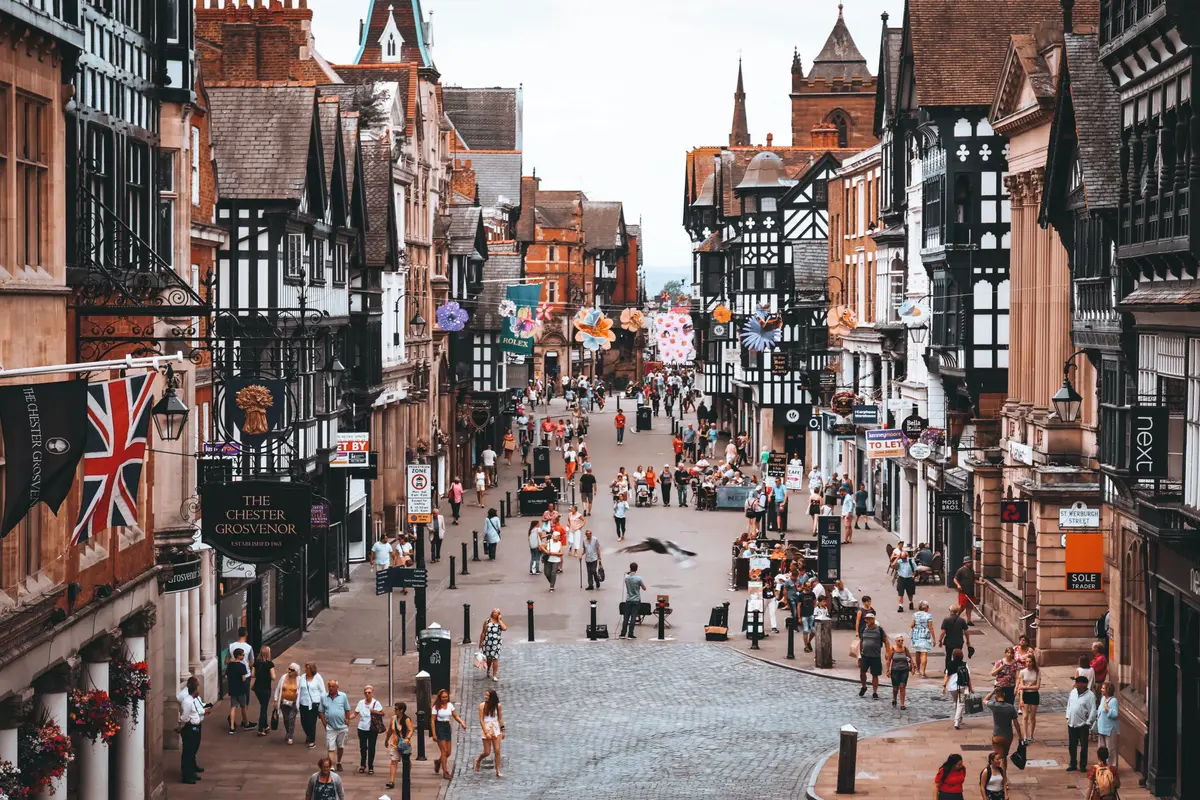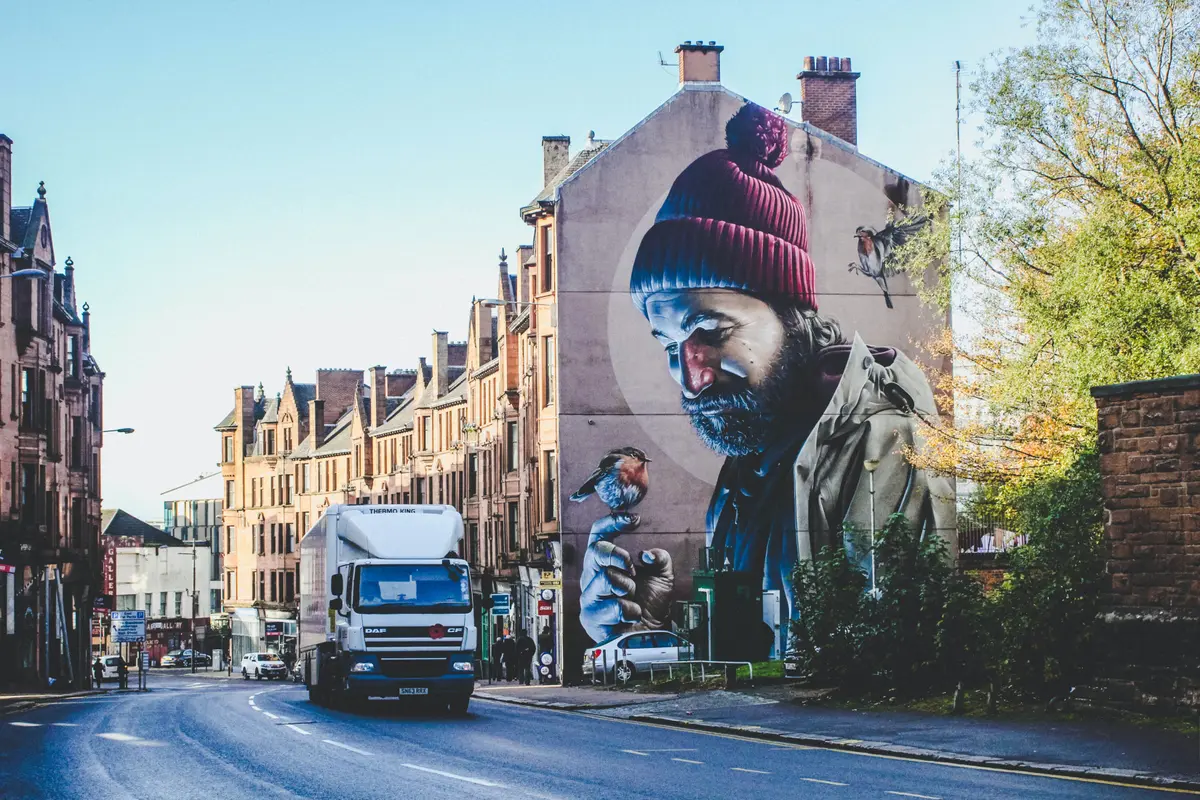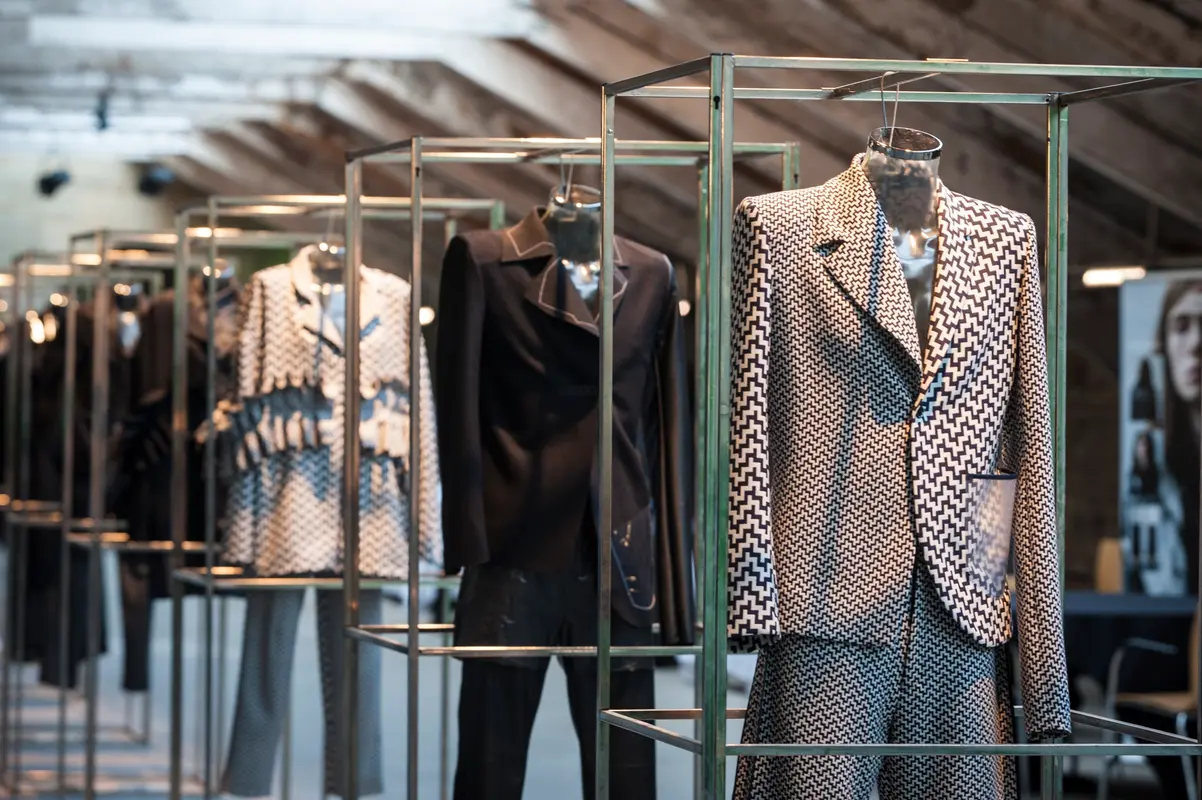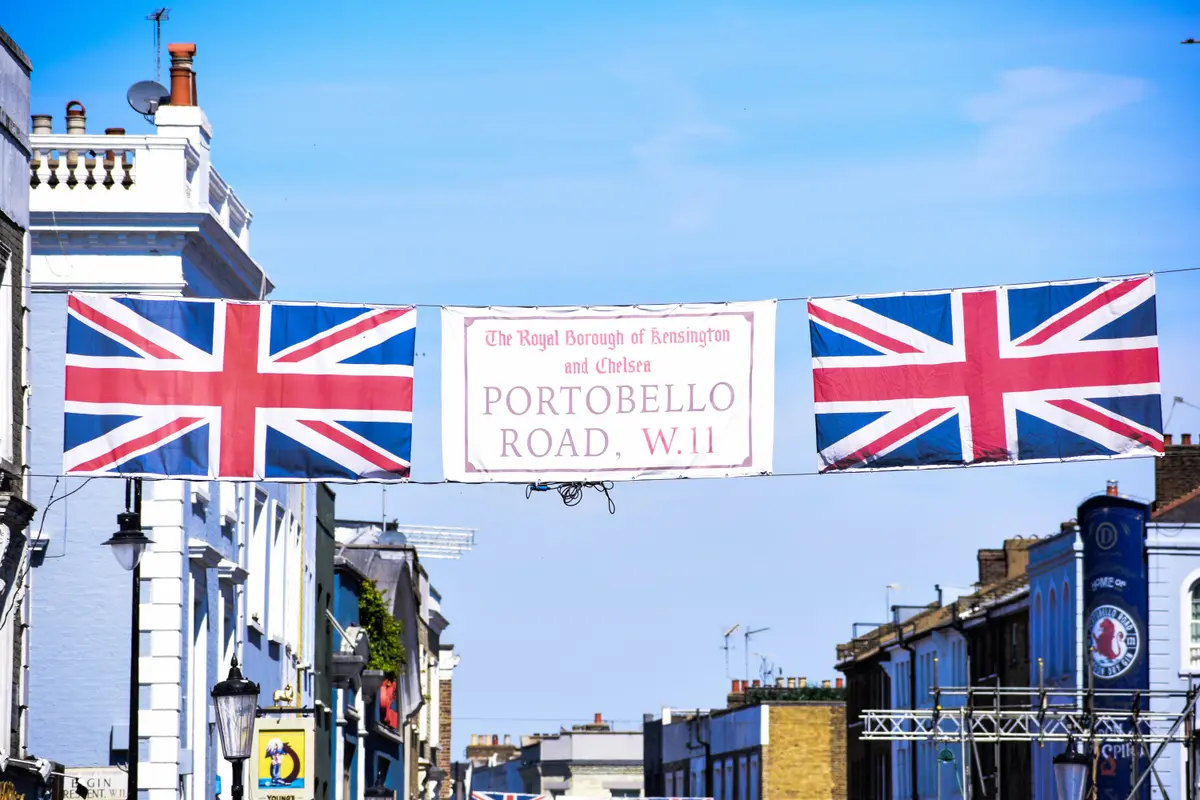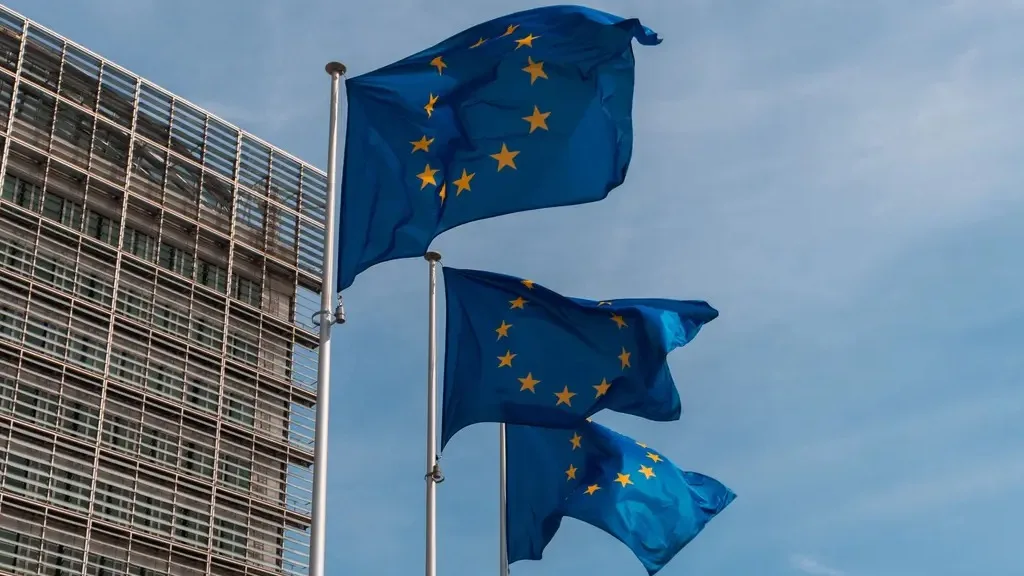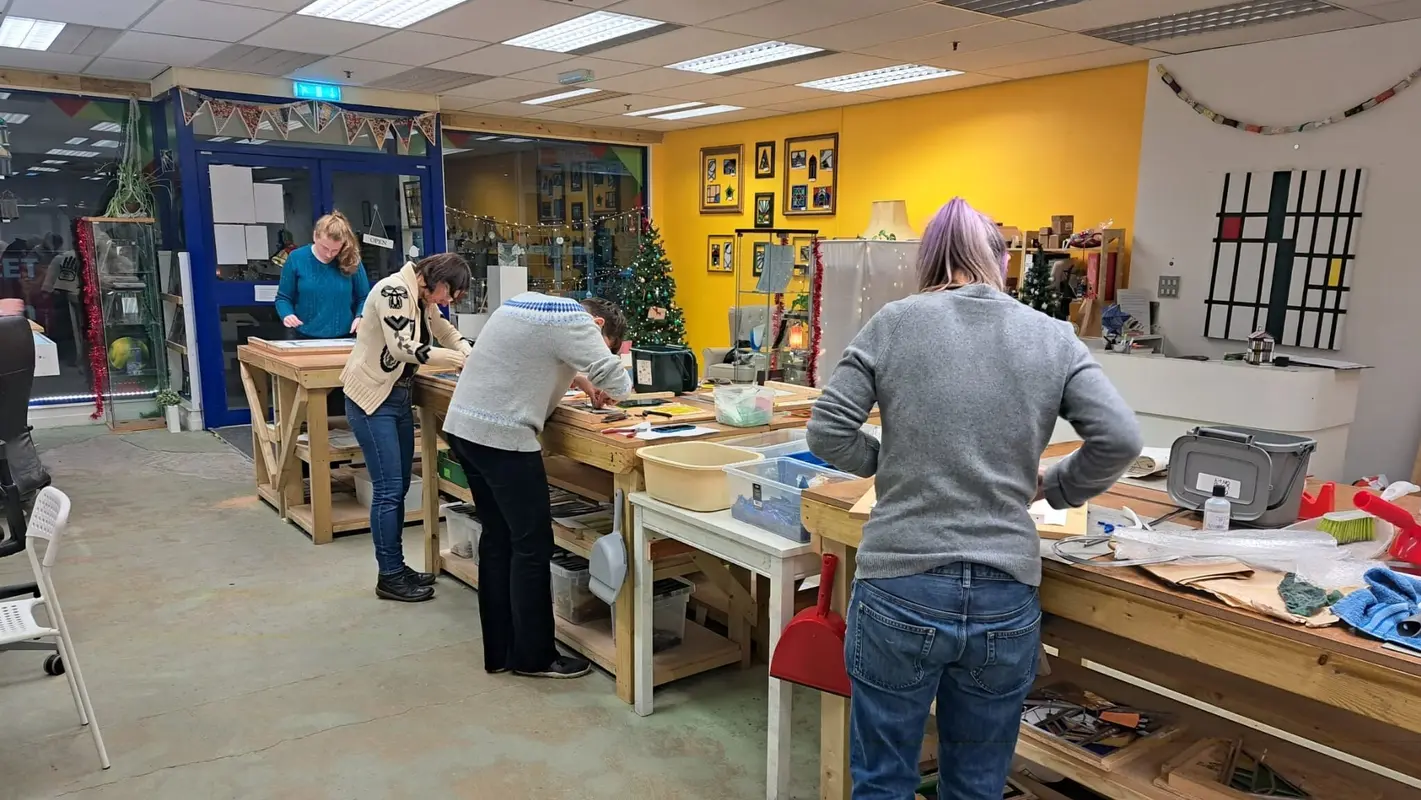The Creative Industries are seen as an key part of the knowledge economy, and policymakers invest considerable resources into developing new specialisms in the sector. The academic literature on local economic development highlights the importance of relatedness – having industries which use similar skills and/or technology – in developing new sectoral specialisms.
This discussion paper, written by PEC researchers at the London School of Economics (LSE), provides a primer on the idea of relatedness, with a focus on implications for economic development policy and the Creative Industries. It presents new descriptive analysis on relatedness to the Creative Industries in Great Britain, and highlights the strengths and limitations of relatedness as a concept for policy. While relatedness is relevant for developing new specialisms in the Creative Industries, our results show that while relatedness does matter, it is not destiny.
Please reference this paper as:
Lee, N. (2020) Relatedness between the Creative Industries and the wider economy: a primer. London: Creative Industries Policy and Evidence Centre and London School of Economics. Available from: https://www.pec.ac.uk/discussion-papers/relatedness-between-creative-industries-and-wider-economy
Published 3rd June 2020
Photo by Gary Butterfield of the Crucible Theatre in Sheffield, England.
Related Discussion Papers
Demand for Creativity and AI Skills in the Post-ChatGPT Labour Market
This study examines the evolving relationship between employer demand for creativity and AI skills i…
Regional Trade Agreements, Cultural Provisions and Trade in Cultural Goods
Analysing the impact of Regional Trade Agreements on the bilateral trade of cultural goods from 1999…
International Trade Challenges and the Effectiveness of Support Measures for the UK’s Creative Industries
The formidable challenges confronting the UK’s creative industries in the realm of exports, st…
Northern England’s Creative Industries
The Creative Industries are already a driver of growth across the UK economy. Export-intensive and m…
Creative Destruction? Creative firms, workers and residential gentrification
A new study by Tasos Kitsos, Max Nathan, and Diana Gutierrez-Posada finds only a minor influence of …
Speaking with One Voice
A fundamental remit of the BBC, and other public service broadcasters (PSBs) like ITV and Channel 4,…
Transitioning to Sustainable Production across the UK Theatre Sector
This discussion paper examines transitional pathways to sustainable theatre production in the UK. By…
Identifying and analysing UK fashion micro-clusters
The UK’s Fashion and Textiles industry contributed almost £20 billion to the UK economy in 202…
Net Zero as a catalyst in fashion micro and small enterprises
This report identifies examples of work taking place across three levels of change – social, e…
The Motives of Inbound Foreign Direct Investors in the UK Creative Industries
The UK’s creative industries have a global reach. British arts, technology, and design are internati…
Brexit uncertainty and international trade in services: Evidence from the UK creative industries 2014-2019
This discussion paper is based on one of the first studies to look at the impact of Brexit on the Cr…
Working Together – Cooperatives as a creative industry business model
This authors looks at how creative workers and students typically understand cooperatives, explore t…

